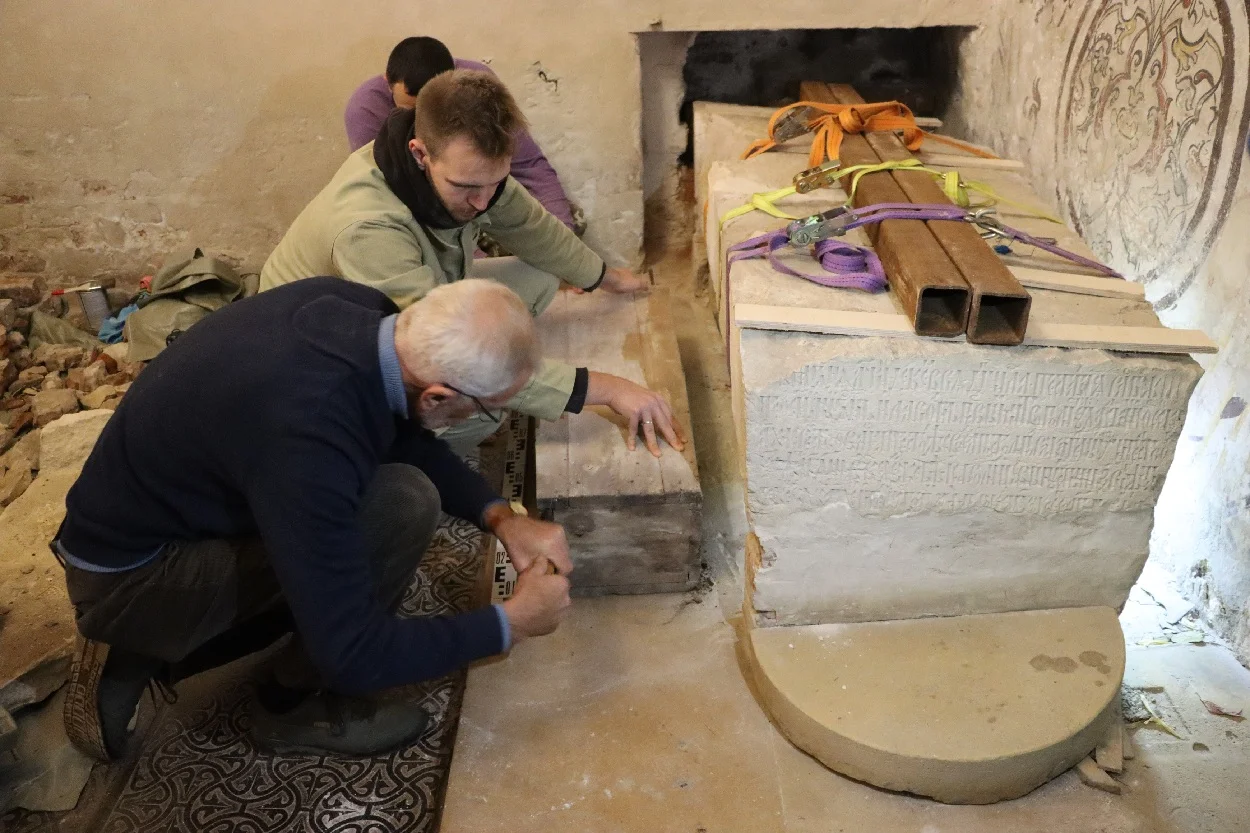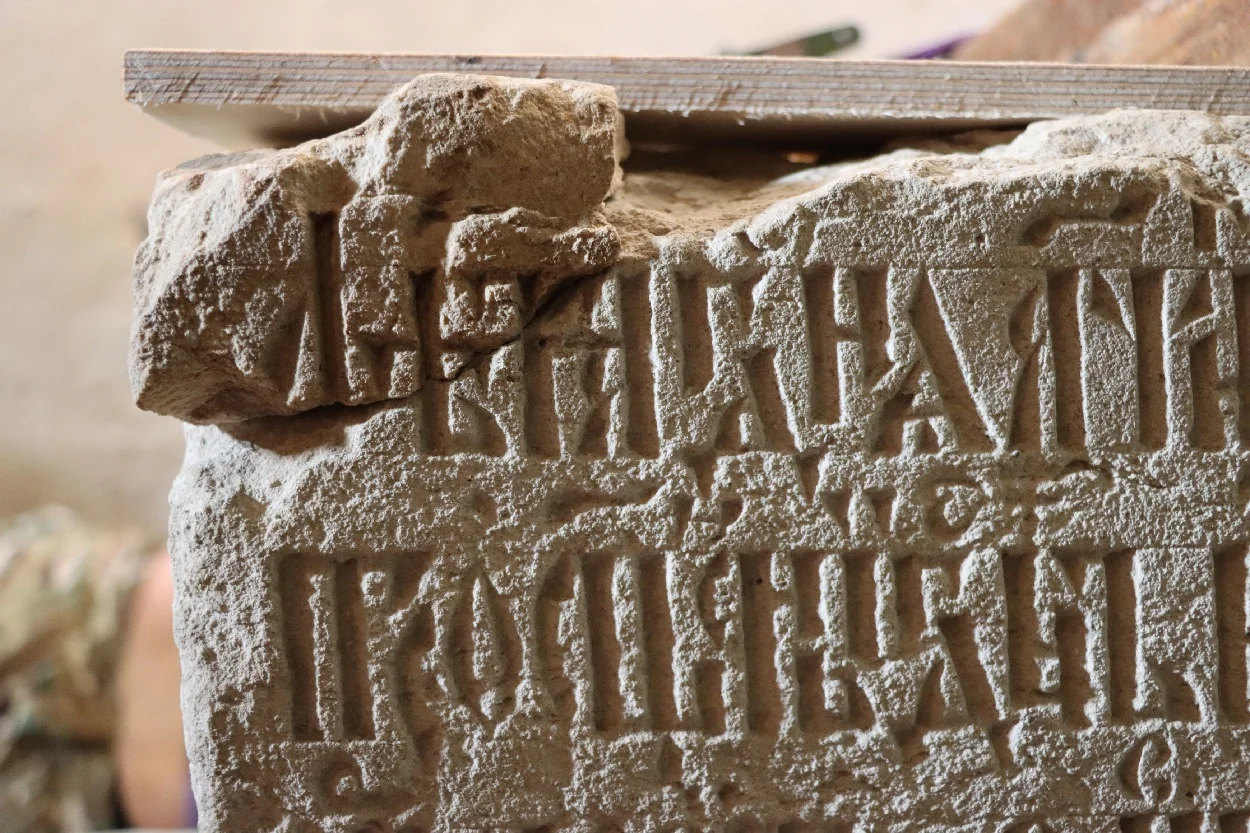Archaeologists have confirmed the location of Saint Hilarion’s tomb and burial remains in the Cathedral of the Nativity of the Blessed Virgin Mary.
Located in the Suzdal Kremlin, the cathedral is an Orthodox Church first established during the 11th century. Historical records indicate that Saint Hilarion was buried in the cathedral in 1708, where a tombstone inscribed in Old Russian, long marked the site where miracles were said to occur.
Saint Hilarion, Metropolitan of Suzdal and Yuriev, saw major urban and religious transformations — from paved streets and relocated cemeteries, to the rebuilding of the Kremlin and the erection of new stone cathedrals. Canonised in 1982, Hilarion remains a celebrated figure in the Council of Vladimir Saints.
During the Soviet ear, his remains were removed for “safekeeping”, which were secretly reburied in the cathedral sometime in 1945. Recent excavations by a joint team from the Institute of Archaeology of the Russian Academy of Sciences, the Vladimir-Suzdal Museum-Reserve, and the Vladimir Diocese, have confirmed the location of his long-debated burial site.

Archaeologists found a wooden coffin containing Hilarion’s remains, wrapped in fragments of historic fabrics and brocade. An inscription inside the coffin confirmed the identity of the deceased as “the first Metropolitan of Suzdal Illarion.”
Anthropologists identified 62 bone fragments belonging to an elderly male, consistent with Hilarion’s known age at death. Alongside the remains are richly decorated textiles, including gold-embroidered cloth, velvet, and satin, believed to be remnants of his ceremonial vestments.
Further investigations in April 2025 revealed the original brick sarcophagus beneath a white stone slab. The fabrics have been transferred for conservation, while Hilarion’s remains have been placed in a new reliquary at Suzdal’s Resurrection Church.
Header Image Credit : Institute of Archaeology of the Russian Academy of Sciences
Sources : Institute of Archaeology of the Russian Academy of Sciences





